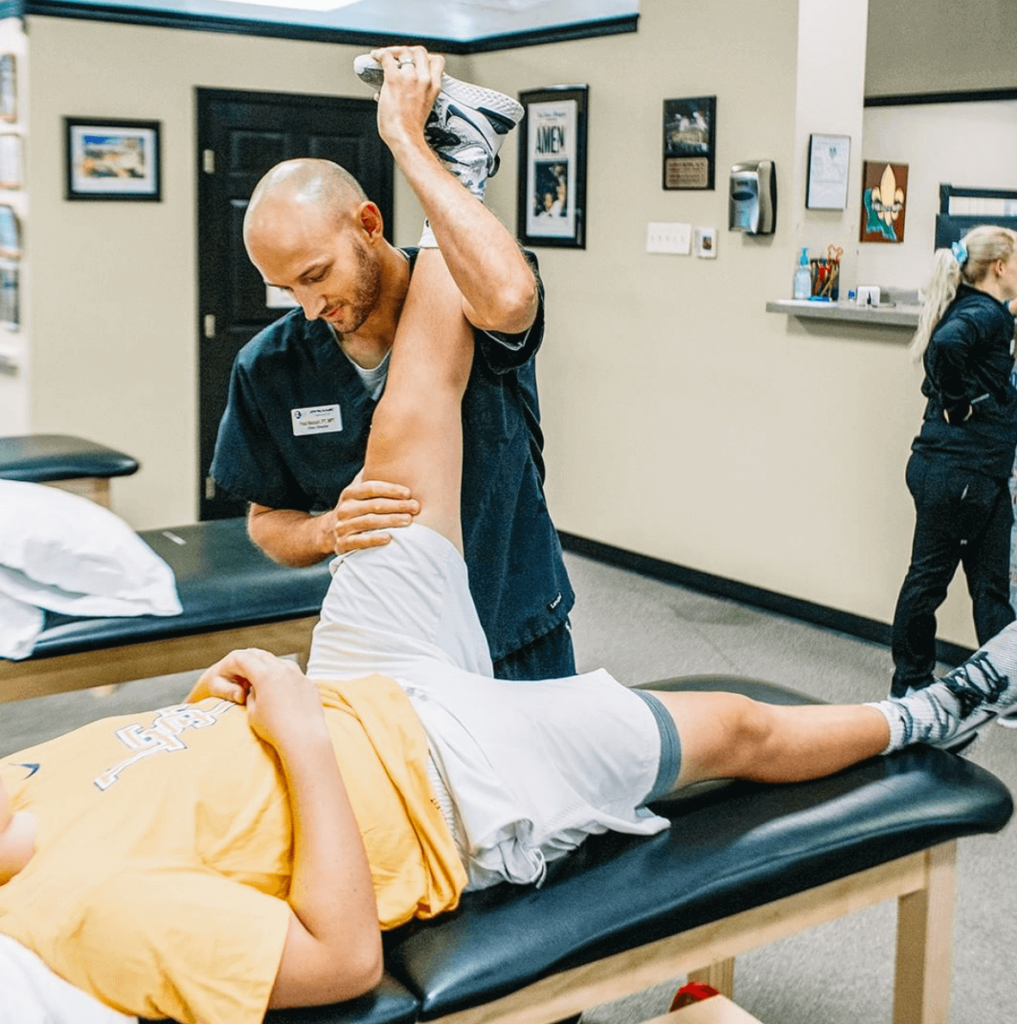Do you have a chronic pain condition linked to your spine? You may have a sore, achy back, or experience random shots of pain and numbness in one or both of your legs. Your back pain and related symptoms can be so severe that it’s a challenge to get through a day at work, sleep at night, or take care of yourself or your loved ones.
It can start to feel like back surgery is your only choice if your symptoms are constantly plaguing you. But before you hop on the operating table, we advise you to talk about physical therapy first with your doctor. To find out more about how a physical therapist can help you get immediate relief and keep you from going under the knife, simply call our clinic today.
Is back surgery your only option?
In short, no, it’s not! Here are five things you should think about before resorting to back surgery as your only option for pain relief.
1. Many people report feeling worse after surgery.
When you have surgery of any kind, your body is going to treat the healing process as it would any other trauma. The sad reality is that many people end up having no relief from their symptoms after their surgery. In some cases, they may even feel worse or notice new issues that they didn’t have before. This can lead to long-term disability, increased healthcare utilization and cost, and understandable frustration and depression.
This may be surprising to hear, but research shows only about half of first time back surgeries are considered “successful.” Additional surgeries fare even worse, with only 30, 15, and 5 percent of second-, third-, and fourth-time back surgeries yielding a good outcome.
2. Back surgery requires a lot of rest, and time off work.
It’s true that the techniques, approaches, and tools used for back surgeries today have advanced considerably in this day and age. But even minimally invasive back surgeries can require a significant amount of downtime and recovery. For many people, this may mean missing out on important life events, lost wages, or reduced productivity.
Physical therapy requires no downtime! Your physical therapist can see you on a regular basis and provide treatment right away that will help you start feeling and functioning better without the risk of serious adverse effects that come with any type of surgical procedure (including bleeding and infections).
3. The underlying cause of your pain may not be fixed.
Hypothetically speaking, let’s say a doctor tells you that you need surgery to correct a herniated disc. A surgical procedure such as discectomy and fusion may correct the herniated disc, but it won’t help you figure out why your disc herniated to begin with.
Was your posture, body mechanics, core muscle strength, and coordination involved? Are tight hip flexors pulling on your pelvis and increasing stress and pressure in your lower spine? Is there something else in your lifestyle contributing to impaired disc health, such as a sedentary lifestyle, low nutritional status, or smoking?
These are all types of questions a physical therapist can help you explore and answer. That way, you’ll be able to address the underlying causes of your pain while also relieving the pain itself.
Unfortunately, you have to keep in mind that sometimes there IS no clear cause of your back pain. For example, did you know that many people are walking around with disc herniations or disc bulges yet experience no symptoms? Meanwhile, some people may have “perfect” spines on radiographic imaging but struggle with disabling chronic pain. For these people, surgery often fails to provide any relief.
However, even “idiopathic” cases of back pain (where the underlying cause is not clear) are shown to improve with physical therapy.
4. Physical therapy is considered the first route of treatment for most types of chronic pain.
The Centers for Disease Control and Prevention recognizes physical therapy and other non-invasive, non-drug related treatments as the preferred option for treating and improving most types of chronic pain.
Not only is physical therapy cost-effective, but it’s also safe for people with a wide range of health backgrounds, many of whom may not be appropriate surgical candidates due to increased risk of complications.
5. Physical therapy is proven to be effective!
Whether you need to learn how to improve your body mechanics and posture, improve strength, endurance, and coordination of your core muscles, gain flexibility in your shoulders or hips, or need some soft tissue massage and other joint mobilization techniques, a physical therapist has the skills required to support you on your path to a pain-free life.
In many cases, working with a physical therapist can provide you with as much relief as pain medications (but without the unpleasant side effects). Our physical therapy treatments can reduce your pain symptoms, improve your tissue health, speed up healing, and prevent recurring problems. We get you feeling better so you can resume exercise and get more active, which we know is one of the best ways to alleviate chronic back and joint pain.
Ready to discuss non-surgical options for back pain?
Contact Dynamic Physical Therapy today to schedule an appointment and start seeing how a physical therapist can help you feel better and stay out of the operating room.



